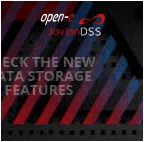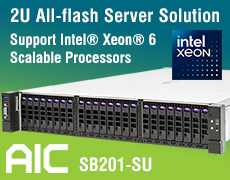R&D: RRAM, Applications and Requirements for Memory and Computing
Work addresses RRAM concept from materials, device, circuit, and application viewpoints, focusing on physical device properties and requirements for storage and computing applications.
This is a Press Release edited by StorageNewsletter.com on May 19, 2025 at 2:00 pmChemical Reviews has published an article written by Daniele Ielmini, Dipartimento di Elettronica, Informazione e Bioingegneria (DEIB), Politecnico di Milano and IUNET, piazza L. da Vinci 32, 20133, Milano, Italy, and Giacomo Pedretti, Artificial Intelligence Research Lab, Hewlett-Packard Labs, 820 N McCarthy Blvd, Milpitas, California 95035, USA.
Abstract: “In the information age, novel hardware solutions are urgently needed to efficiently store and process increasing amounts of data. In this scenario, memory devices must evolve significantly to provide the necessary bit capacity, performance, and energy efficiency needed in computation. In particular, novel computing paradigms have emerged to minimize data movement, which is known to contribute the largest amount of energy consumption in conventional computing systems based on the von Neumann architecture. In-memory computing (IMC) provides a means to compute within data with minimum data movement and excellent energy efficiency and performance. To meet these goals, resistive-switching random-access memory (RRAM) appears to be an ideal candidate thanks to its excellent scalability and nonvolatile storage. However, circuit implementations of modern artificial intelligence (AI) models require highly specialized device properties that need careful RRAM device engineering. This work addresses the RRAM concept from materials, device, circuit, and application viewpoints, focusing on the physical device properties and the requirements for storage and computing applications. Memory applications, such as embedded nonvolatile memory (eNVM) in novel microcontroller units (MCUs) and storage class memory (SCM), are highlighted. Applications in IMC, such as hardware accelerators of neural networks, data query, and algebra functions, are illustrated by referring to the reported demonstrators with RRAM technology, evidencing the remaining challenges for the development of a low-power, sustainable AI.“













 Subscribe to our free daily newsletter
Subscribe to our free daily newsletter

